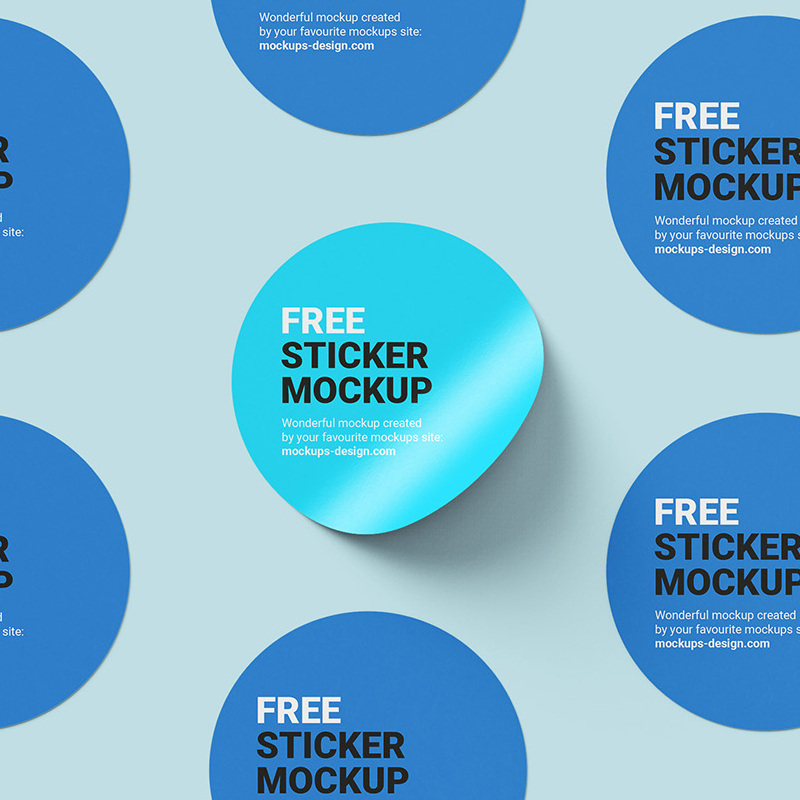Understanding Printed Greaseproof Packaging An Eco-Friendly Solution
In today's fast-paced world, the need for practical and efficient packaging solutions has never been more critical. Among the diverse materials used in packaging, printed greaseproof paper has garnered attention for its unique properties and versatility. This article explores the characteristics, benefits, and applications of printed greaseproof packaging, shedding light on why it’s an eco-friendly choice for various industries.
What is Printed Greaseproof Paper?
Printed greaseproof paper is a specialized type of paper that is coated to make it resistant to grease and oil. Unlike regular paper, which can become soggy or compromise the integrity of food products, greaseproof paper maintains its strength and appearance, making it an ideal barrier for oily and fatty substances. The “printed” aspect refers to the ability to customize the paper with branding, designs, and logos, allowing businesses to enhance their visual messaging while ensuring product freshness.
Benefits of Printed Greaseproof Packaging
1. Oil and Fat Resistance One of the most significant advantages of printed greaseproof paper is its resistance to oils and fats. This property makes it an ideal choice for food packaging, including items like sandwiches, burgers, fried foods, and pastries, ensuring that consumers receive their products fresh and without any compromise in quality.
2. Sustainability As environmental concerns continue to rise, businesses are increasingly seeking sustainable packaging solutions. Printed greaseproof paper is often made from renewable resources and is biodegradable or recyclable, reducing its environmental footprint compared to plastic alternatives. Manufacturers are also adopting eco-friendly inks and coatings, further enhancing the sustainability of printed greaseproof packaging.
3. Branding Opportunities The ability to print custom designs on greaseproof paper provides excellent branding opportunities for businesses. Custom packaging can play a pivotal role in marketing, as it creates a memorable impression on consumers. Eye-catching designs and vibrant logos can attract potential customers and add perceived value to the product.
printed greaseproof

4. Versatility Printed greaseproof paper is not only limited to food packaging. Its properties make it suitable for various applications, including wrapping gifts, packaging takeaway items, and even being used in artisan crafts. This versatility positions it as a multimodal packaging solution across different industries.
5. Cost-Effectiveness While some may assume that eco-friendly packaging solutions come with a higher price tag, printed greaseproof paper is often competitively priced. Businesses benefit from the packaging's durability and effectiveness, which can reduce overall costs related to spoilage or customer dissatisfaction.
Applications of Printed Greaseproof Paper
The food industry predominantly utilizes printed greaseproof packaging, particularly in takeaways, cafes, and restaurants, where presentation plays a crucial role in customer satisfaction. Bakeries often use it to wrap pastries and bread, ensuring that the product remains fresh while showcasing the bakery’s logo and design.
Beyond the food sector, industries such as cosmetics and crafts also adopt printed greaseproof paper for unique packaging solutions. For cosmetics, the paper can safely package products while presenting an elegant exterior. In the crafts world, it adds a touch of sophistication to handmade items, highlighting creativity and personalization.
Conclusion
In summary, printed greaseproof paper is more than just a functional packaging material; it embodies a commitment to sustainability, brand identity, and versatility. With its oil and fat resistance and eco-friendly properties, it stands out as a premier choice for companies seeking to meet consumer demands while minimizing their environmental impact. As businesses continue to pivot towards sustainable solutions, printed greaseproof packaging will likely play an indispensable role in the future of packaging design across various sectors. Embracing this solution not only enhances product appeal but also supports a more sustainable approach to packaging in the modern world.



